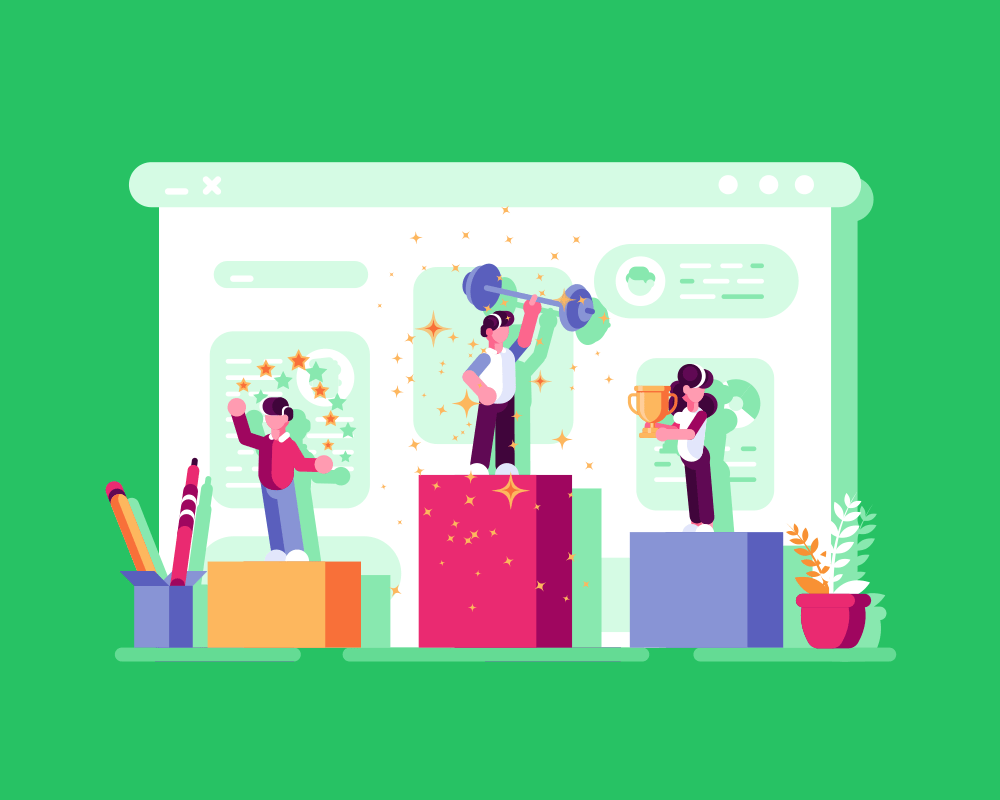Introduction
In today’s digital world, data, information, and knowledge play a huge role in how we understand things and make decisions.
Data is raw, unprocessed facts.
Information is when that data is organised so it makes sense.
Knowledge goes one step further, using experience and understanding to apply information in useful ways.
In this lesson, we’ll learn about:
- What data, information and knowledge are
- Sources of data, information and knowledge
- The interaction of data, information and knowledge

What is Data?
Data is the starting point. It’s the raw facts and figures with no meaning on their own.
Examples include numbers in a spreadsheet, survey answers, or the reading from a thermometer.
On its own, data is like random puzzle pieces. You know they fit together, but you can’t see the full picture yet.
For example, if five customers enter a shop at different times, those numbers are just data points.
They only become useful when organised or linked to context, like time of day or total sales.
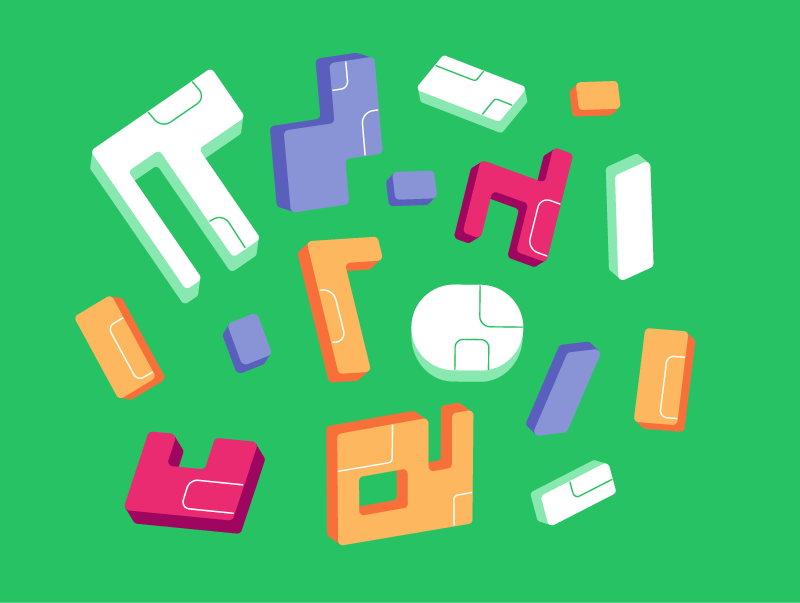
What is Information?
Information is data that has been processed, organised, or presented in a way that makes it useful.
For example, if daily sales numbers are turned into a graph that shows a rising trend, the data has become information.
Information helps answer questions like “what happened?” or “how many?”.
A school might use attendance data to produce a report that shows average attendance.
Without turning data into information, it’s much harder to make sense of situations.
Information gives clarity by adding meaning and context to raw facts.
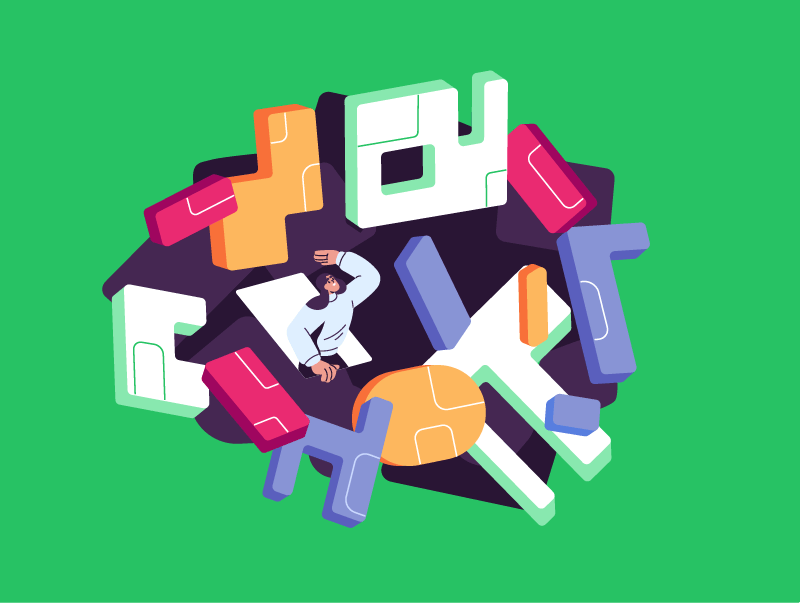
What is Knowledge?
Knowledge is when information is combined with experience, judgement, and understanding.
It answers deeper questions like “why?” and “how?”.
For example, a shop owner might see from information that umbrella sales rise when it rains.
Through knowledge, they understand the link between weather and sales.
Knowledge allows people and organisations to make decisions more effectively because it applies experience and insight.
Unlike data and information, knowledge is personal.
It depends on human thinking, experience, and sometimes even intuition.

Sources of Data
Data can be collected from many different places.
Businesses gather it from sales, customer feedback, or website visits.
Governments use censuses, tax records, and public service data.
Devices like smartphones and fitness trackers constantly collect data about usage and activity.
Schools record exam results and attendance registers.
All these are raw facts waiting to be processed.
The quality of data depends on how accurate and trustworthy the source is.
Reliable data is essential, because weak or false data leads to poor decisions.
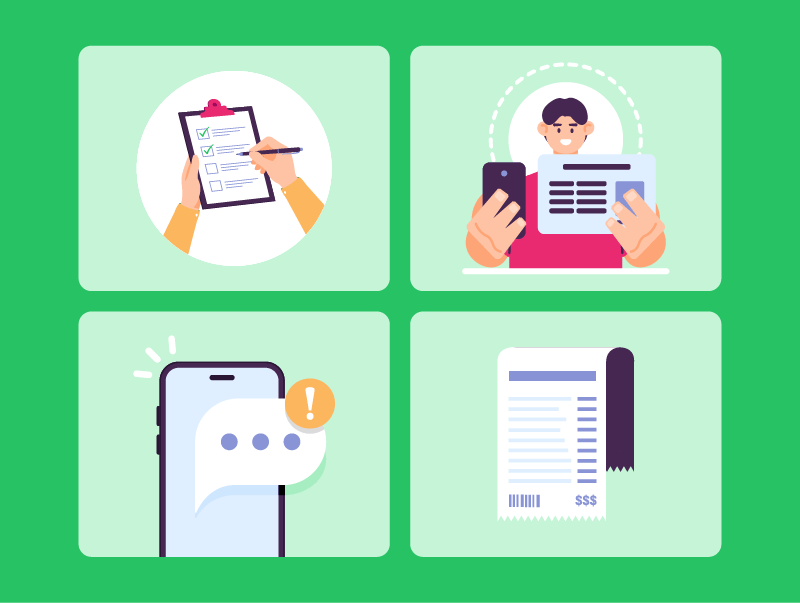
Sources of Information
Information comes from data that has been organised or explained.
Common sources include reports, websites, and databases.
For example, a hospital organises patient data into medical records doctors use to help with diagnoses.
News websites use survey data and research results to publish articles.
Schools use test scores to create progress reports.
These information sources help people understand what’s happening, solve problems, or make decisions.
They sit between raw data and knowledge, acting as a bridge to help us make sense of the facts.
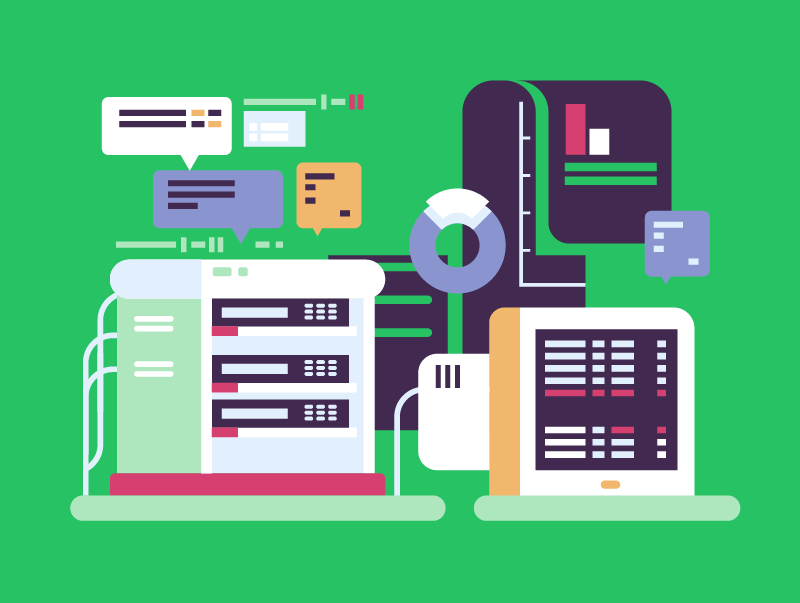
Sources of Knowledge
Knowledge sources focus on human input and expertise.
They include training, education, personal experience, and expert advice.
For instance, a mechanic might use years of experience, combined with information from a diagnostic tool, to fix a car.
Knowledge can also be shared through books, online communities, or discussions with professionals.
Unlike data or information, knowledge often depends on interpretation and isn’t always easy to store or transfer.
It is shaped by personal learning and group experiences, making it unique and sometimes difficult to capture.

The Interaction of Data, Information, and Knowledge
Data, information, and knowledge work together in a cycle.
Data is collected and processed into information.
Information is then understood and applied to create knowledge.
That knowledge then influences what data is collected in the future and how it is used.
For example, a supermarket collects sales data, organises it into reports (information), and managers use their knowledge to decide what stock to order.
A good metaphor is baking: data is the raw ingredients, information is the recipe, and knowledge is the skill to bake the cake.
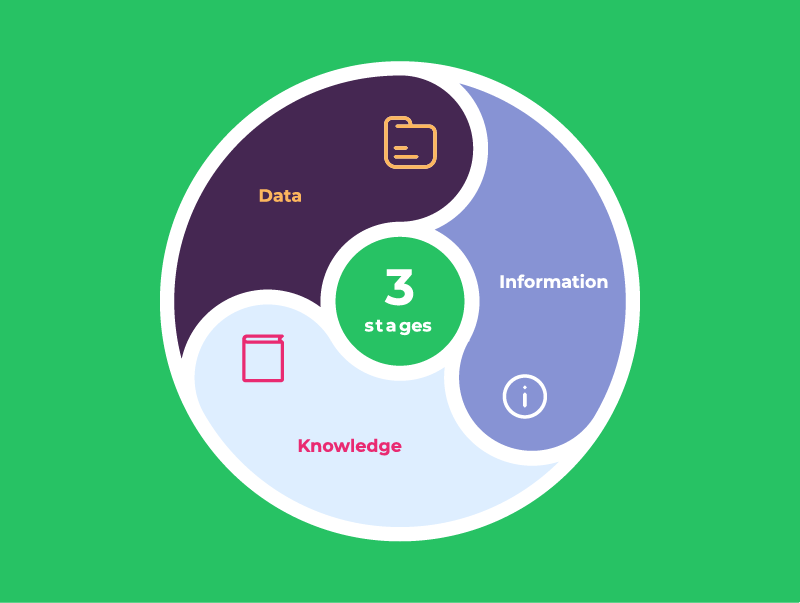
Converting Data into Information
Turning data into information requires organisation and context.
Numbers in a spreadsheet are just data.
But when grouped into categories or shown on a chart, they highlight patterns and trends, becoming information.
Adding context makes it even more meaningful. For example, “30°C” is just a number until you know it’s “London, July 2023.”
Tools like spreadsheets and software make it easier to process large amounts of data into clear and understandable information.
Without this conversion, data remains difficult to use.

Lesson Summary
Data is the raw facts and figures collected from events or measurements.
Information is those facts organised and given context so they answer questions like what, when, or how many.
Knowledge is the understanding and judgement people apply to information to explain why things happen and what to do next.
These three build on each other: knowledge guides which data to collect, and data becomes information when it is cleaned, categorised, summarised, and given context.
Converting data to information usually means steps like checking accuracy, combining totals, and using charts so patterns are easy to see.
